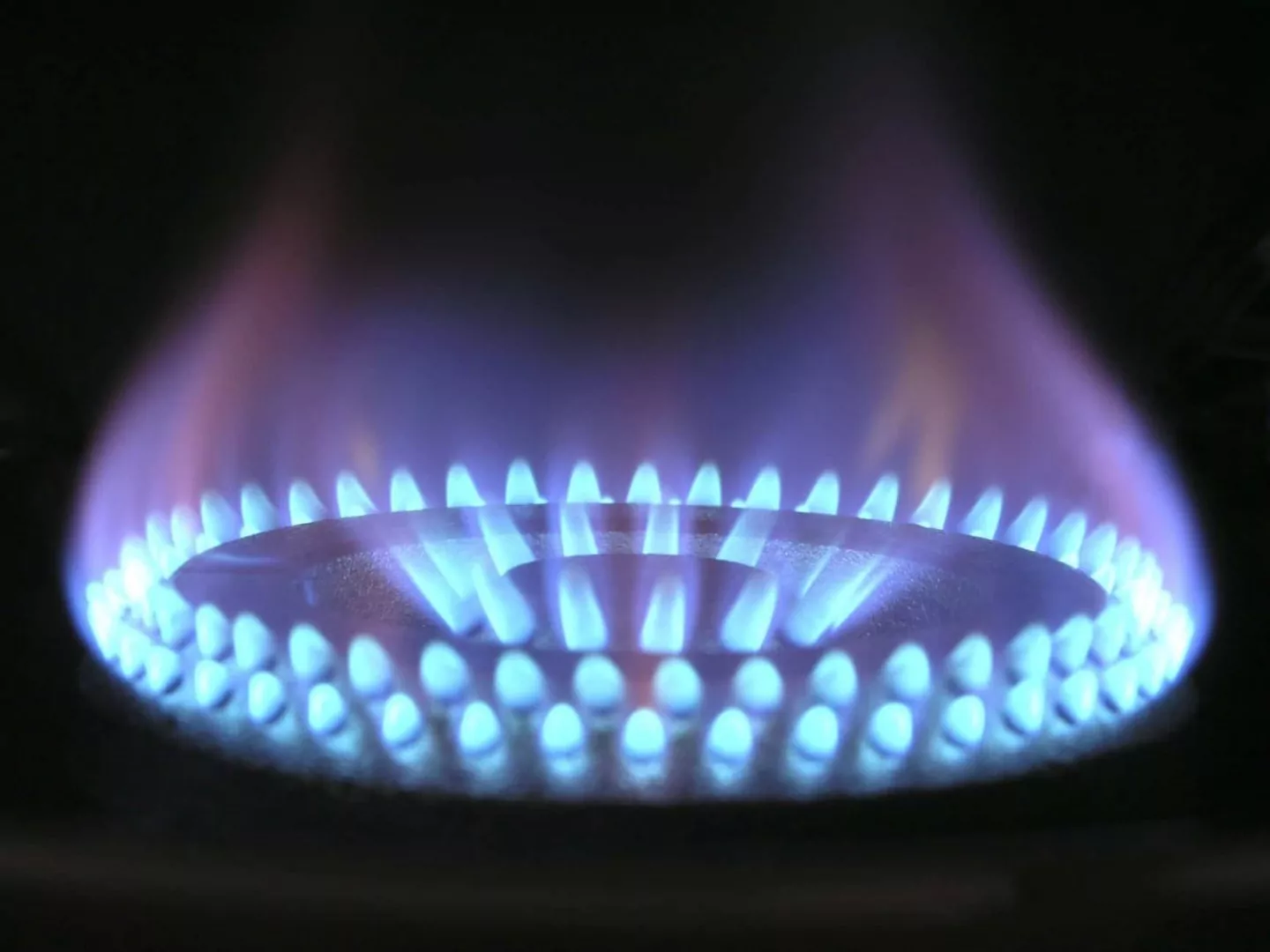A record rise in electricity prices has pushed costs in Europe to the highest levels in years. And the situation is unlikely to be resolved before winter, raising fears that this season will bring high heating prices for households, says an analysis by Bogdan Maioreanu, an analyst at investment platform eToro.
Urmărește mai jos producțiile video ale Economedia:
- articolul continuă mai jos -
“The problem hasn’t even started yet,” said Julien Hoarau, head of EnergyScan, the analytics unit of French utility Engie SA. “Europe is going to face a very difficult winter.” And he is not alone in warning of problems ahead of winter. Italian utility giant Enel SpA and Austrian oil and gas company OMV AG have issued similar warnings.
Headline inflation in the eurozone has already climbed to a decade-high 3%. European Central Bank officials insist it is temporary. But “the likelihood of producers passing on costs is very high,” said Carsten Brzeski, an economist at ING Groep NV in Frankfurt. That means inflation may “not be so transitory.”
Romania also saw inflation rise in August to 5.25% from 4.95% a month ago, largely due to higher gas and electricity prices. And it could get worse in winter. According to Zoltan Nagy Bege, vice-president of the National Energy Market Regulatory Authority (ANRE), gas prices for residential end-users will double next cold season compared to last year.
Gas prices started to rise at the beginning of the summer when it became increasingly clear that there were not enough reserves in Europe to allow regular replenishment of depleted storage during the winter. “All summer long we have had storage delays,” said Alfred Stern, chief executive of Austrian oil and gas producer OMV AG.
One of the reasons for the rise in gas prices is limited gas exports by Europe’s biggest supplier, Russia, because of high domestic demand, an agreement to transit less fuel through Ukraine, and possible production disruptions. Another reason is the rebounding Asian economies, which are creating more competition with Europe for liquefied natural gas (LNG) shipments, forcing up prices.
Analysts estimate that gas levels in European storage are “well below the average of the last five years”. Since gas is also used in electricity generation, the shortage has driven up electricity prices. On Friday, 1 MWh with next-day delivery was auctioned at around €129 for Germany and France.
Dry and hot weather with low wind speeds is exacerbating the problem in Europe, limiting renewable energy production, which is increasing fossil fuel power generation, driving up the price of coal by more than 70% this year. To offset the pollution, increased demand has pushed the price of carbon allowances to €62.75, the highest level ever.
Domestic gas production in Europe is also declining, and the giant gas field in Groningen, the Netherlands, could be shut down three years earlier than planned. Natural gas prices are so high that they are trading, quantity-wise, at higher prices than crude oil.
The ‘Zero Net Emissions by 2050’ plan complicates matters further. In a report, the International Energy Agency says that after falling by 1% in 2019 and 3.5% in 2020, CO2 emissions from the power sector are projected to rise by 3.5% in 2021 and 2.5% in 2022, taking them to an all-time high. Stronger policy action is therefore needed to reduce emissions, which means that “coal-fired power generation needs to fall by more than 6% per year, partly replaced by gas, which is growing at around 5% per year”. This makes a strong case for further increases in energy demand and prices.

 Sursa foto: Pexels
Sursa foto: Pexels





























